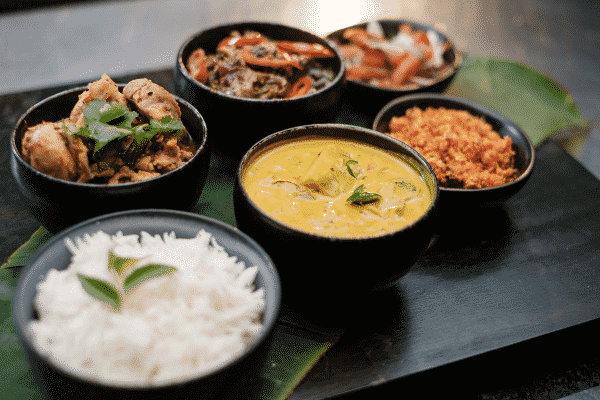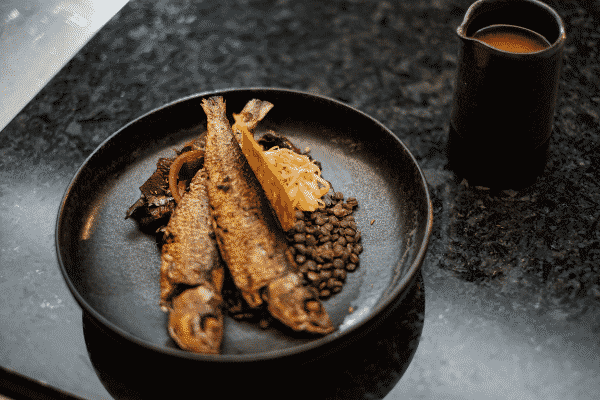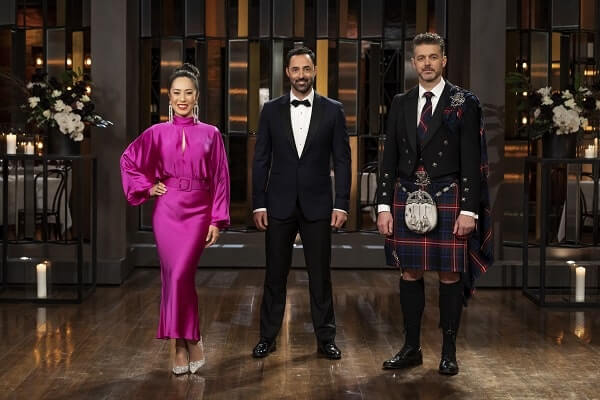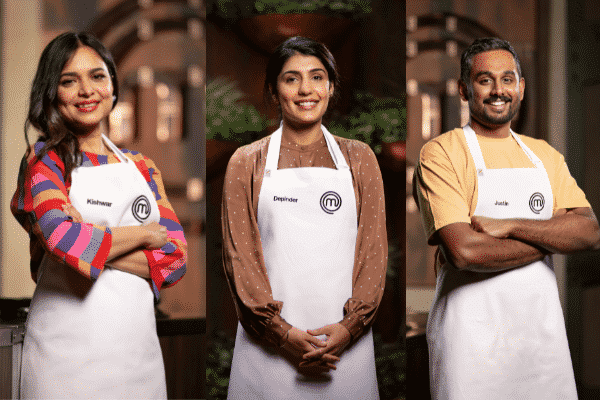As millions of Australian tuned into the Season 13 MasterChef Australia finale this week, they proved true an adage by Italian-American chef Giada De Laurentis: “food brings people together on many different levels. It’s a nourishment of the soul and body; it’s true love.”
If you grew up in 1980s Australia, unless you had South Asian parents, eating Indian food was something that was rarely experienced in the homes of most Australian households. And you could count on one hand the number of few Indian restaurants dotted around the suburbs. South Asian cuisine was seen as foreign, maybe exotic, but not something Australians would embrace on their weekly menu. Even today, despite there being a growing awareness of different South Asian communities that live amongst us, both our children were too embarrassed to bring Indian food to school.

MasterChef, with its up front and personal reality TV format, has helped change all that and more over the years. But this current season of MasterChef was a particular example of just how far Australia has come from the days of our children being too scared of being teased if they had curry in their lunchbox.
Having two South Asian contestants in the finale who had an opportunity to showcase culinary skills that represents their culture and heritage was a remarkable story of what makes Australia such a multicultural success. They brought regular South Asian cuisines to life for millions of Australians to share. It made the South Asian community so proud, and more importantly, included in the conversation about the kind of nation Australia is today.
READ ALSO: Social media reacts to MasterChef 13 finale

And the relationships that Justin, Pete and Kishwar shared were like true brother-sister bonds. Justin was such a calm and humble guy who shared his love and care for all the other contestants. Pete was a cool guy who was so encouraging whilst dealing with his own culinary challenges and Kishwar was so warm, loving and honest. It was much more than just their cooking on display, it was their character as Australians. All of this and more made these three contestants as such important role models for younger generations watching on, be they South Asian or white Australian, or whatever their heritage. We are all Australians and we can all learn from each other’s diverse heritage. That’s what makes us break down barriers of fear, hate and division.
Where once it was not cool to bring curry to school, now Shruti’s daughter Anya has school friends asking her to bring her butter chicken and naan to share. Having Indian food on a platform like MasterChef gives a wider audience so much more knowledge and appreciation for the cultural history that comes from the depth of flavour in the cuisine. But it also makes the thousands of children of South Asian heritage in Australia feel proud of where their parents come from.

Thank you, MasterChef, for lifting the level of inclusiveness tenfold, for helping break down the stereotypes on ethnic groups through this platform of cuisine, and for supporting equality and the diversity of Australia through all of these brilliant contestants. It has been one uplifting ride.
Lisa Singh is a former Australian senator and was the first Australian parliamentarian of Indian heritage.
Shruti Mathur works with the local government in Melbourne and migrated to Australia from India 15 years ago.
READ ALSO: MasterChef Australia’s Depinder: From pharmacy to food
Link up with us!
Indian Link News website: Save our website as a bookmark
Indian Link E-Newsletter: Subscribe to our weekly e-newsletter
Indian Link Newspaper: Click here to read our e-paper
Indian Link app: Download our app from Apple’s App Store or Google Play and subscribe to the alerts
Facebook: facebook.com/IndianLinkAustralia
Twitter: @indian_link
Instagram: @indianlink
LinkedIn: linkedin.com/IndianLinkMediaGroup




